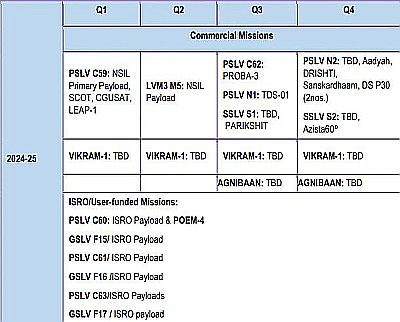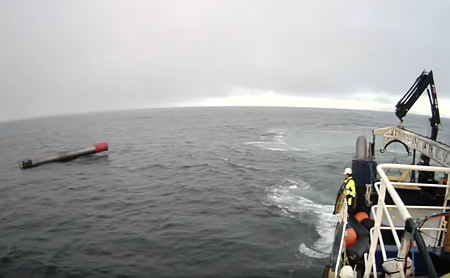Pushback: Paypal’s blacklisting causes it to lose significant business

It never pays to antagonize your customers: Paypal announced last week that it is laying off 2,500 workers, a reduction of its work force by about 9%, repeating a similar round of layoffs one year ago.
In other words, the company has shrunk by almost 20% since January 2023. The article notes the following financial issues:
Shares of the payments giant have plunged more than 20% over the past year as earnings faltered and the company lowered its full-year guidance for adjusted operating margin. PayPal named [Chief Executive Officer Alex Chriss] last year to replace Dan Schulman.
PayPal was an early disrupter in the payments industry, but rivals including Apple Inc. and Zelle have since crowded the space, leaving PayPal struggling to keep pace. At least four analysts downgraded the stock this month, citing a range of concerns from rising competition to pressure on profitability.
What the article ignores is the blackballing and censorship by Paypal under the leadership of Dan Schulman that directly antagonized its customer base.
» Read more

It never pays to antagonize your customers: Paypal announced last week that it is laying off 2,500 workers, a reduction of its work force by about 9%, repeating a similar round of layoffs one year ago.
In other words, the company has shrunk by almost 20% since January 2023. The article notes the following financial issues:
Shares of the payments giant have plunged more than 20% over the past year as earnings faltered and the company lowered its full-year guidance for adjusted operating margin. PayPal named [Chief Executive Officer Alex Chriss] last year to replace Dan Schulman.
PayPal was an early disrupter in the payments industry, but rivals including Apple Inc. and Zelle have since crowded the space, leaving PayPal struggling to keep pace. At least four analysts downgraded the stock this month, citing a range of concerns from rising competition to pressure on profitability.
What the article ignores is the blackballing and censorship by Paypal under the leadership of Dan Schulman that directly antagonized its customer base.
» Read more



